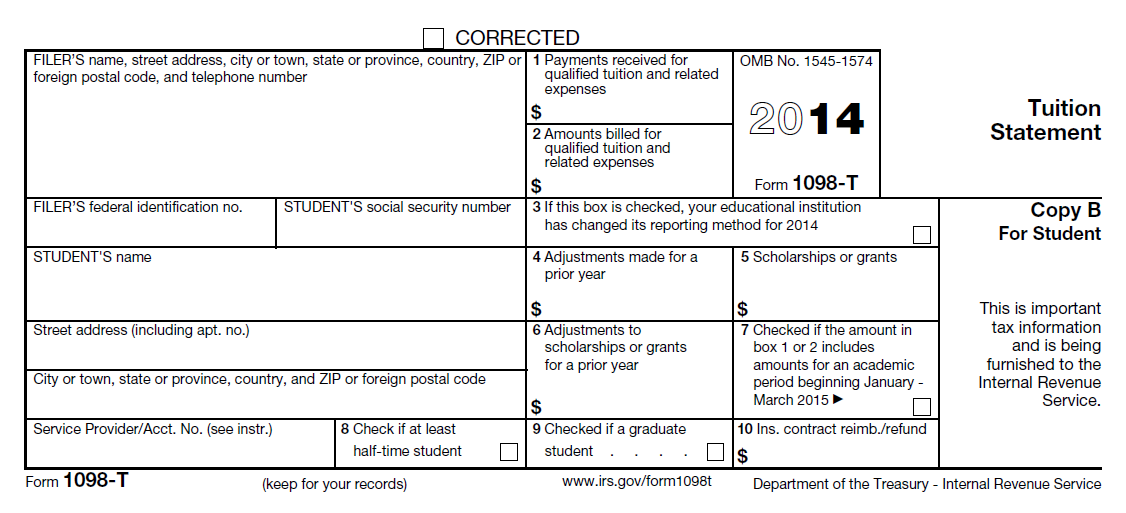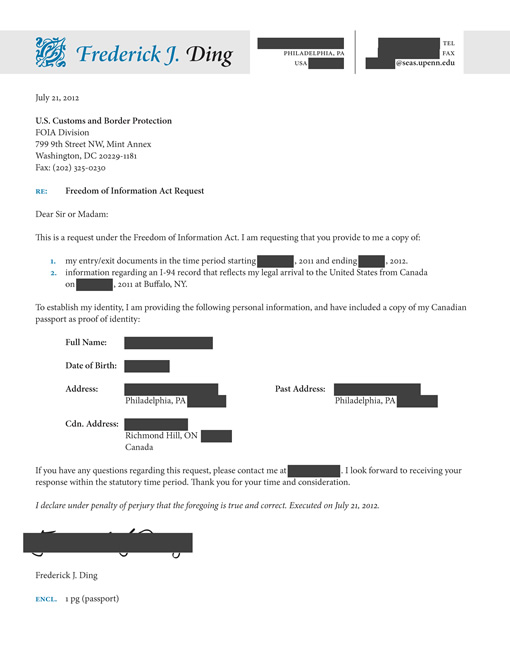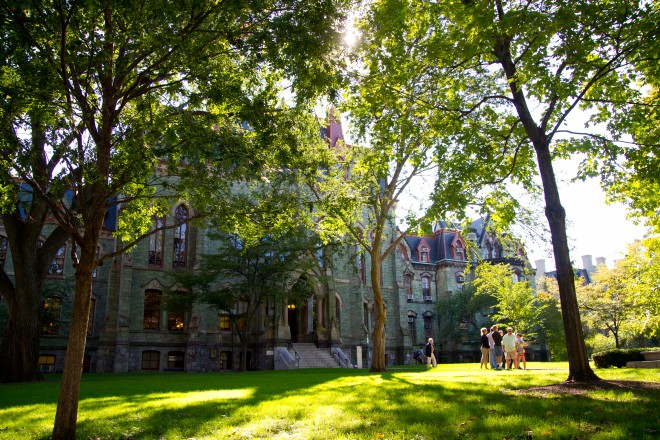Right now*, I stand among several dozen patients at Health Center #3, operated by the Philadelphia city government to provide clinical care to residents in a way that is available even to those without insurance or wealth. I’ve nearly been waiting for two hours for a quick skin test.
My alternative is Student Health Service, on another edge of campus, where there is a comfortable environment, shorter waiting times, and probably better trained personnel.
Instead of taking advantage of the benefits afforded to me by my student health insurance plan, a consequence of my attendance at the University of Pennsylvania, I chose this clinic because I could get the test done on an earlier date. I imagined it wouldn’t be as great of a place as SHS, or the expansive, top-tier hospitals of Penn Medicine, but what I am experiencing has convinced me, even more so than I thought before, of the epic failures of the American health care system.
* This post has since been revised and reformatted, although it was initiated during my time in the clinic.
[acm-tag id=”468×60″]
A comparison
Those who are fortunate enough to have employer- or school-sponsored health insurance may have access to HMO hospitals, clinics, and doctors.
Those who attend a comprehensive university like mine may have access to the combined resources of a student health clinic and a set of university hospitals merely a block away.
Those who are in the lower strata of income and status, or whose recent unemployment leaves them uninsured, are relegated to public institutions such as these health centers, left to understaffed clinics, long wait times, and expensive, unaffordable medications. Some of these people are also caught outside the eligibility criteria of governmental programs like Medicare and Medicaid.
I’m from Canada
If timing weren’t an issue, I would just do this skin test back at home in Ontario, Canada. Sure, the skin test itself might not be covered by the provincial OHIP program, but at least every resident (after a certain number of months of residence) has access to physicians and walk in clinics at no basic charge beyond their taxes; those who are below the low-income cutoff might even pay $0 in federal and/or provincial taxes.
There is no such thing as a general practitioner who will turn you away because you “belong” to another unaffiliated insurance company. Low income citizens do not have to go to a crowded government “health center” for basic medical care; any privately-operated walk-in clinic, or a family doctor who is accepting new patients, will do. The UK also demonstrates how access to prescription medicine can be broadened.
Even those who are insured in the US are shocked when they find the cost of health care to be much higher than budgeted.
- Students on our private university-organized insurance plan still must pay a $100 co-pay to go to the emergency room, although the co-pay is waived under restrictive conditions
- There’s a co-pay of $35 for an X-ray diagnostic test. I had a chest X-ray done as a matter of an annual physical examination over the summer in Canada, and it was covered by OHIP.
- Flu vaccinations are $24 (at least) in the vicinity of this university. While private health insurance may cover the cost, it’s surprising that this basic tool of public health isn’t free; municipal governments in Ontario almost universally administer them at no charge, and they are available through doctors’ offices, public health clinics, walk-in clinics, and even some pharmacies.
Even if we forget entirely about how much this sucks compared to medical care in Canada—which admittedly has its own issues—the disparities in access to, and quality of, health care between classes here in the United States should be appalling.
Dr. David Himmelstein of The Cambridge Hospital and Harvard Medical School, and his colleagues, authored a paper in the International Journal of Health Services in 2004 on the inefficiencies in the American health care system. One of the most potent conclusions is summarized in the abstract:
The United States wastes more on health care bureaucracy than it would cost to provide health care to all its uninsured … Only a single-payer national health insurance system could garner these massive administrative savings, allowing universal coverage without any increase in total health spending.
He also concludes that, in the US in 1999, “administrative spending consumed at least 31.0 percent of health spending… [i]n contrast, administrative costs in Canada… are about 16.7 percent of health spending.” I imagine some people are profiting from this spending.
Closing
I am a student, who, as a matter of circumstance (i.e. parents’ hard work) and fortune, have access to one of the top hospital systems in America. Not everyone is as fortunate. And it takes a bit of altruism to be able to stand up in a position like this and advocate on behalf of those who can’t.
Experience has shown that a weak populace is easier to rule over. One wonders if the goal of weakening the populace, especially the poor, is the reason that America continues to fail at reforming health care.







